(Solved) 0xC000021A Blue Screen Error in Windows 10/11
The 0xC000021A stop code is a Blue Screen of Death (BSOD) error in Windows operating systems, indicating a critical system error from which the operating system cannot recover. This results in a system shutdown to prevent data loss or damage.
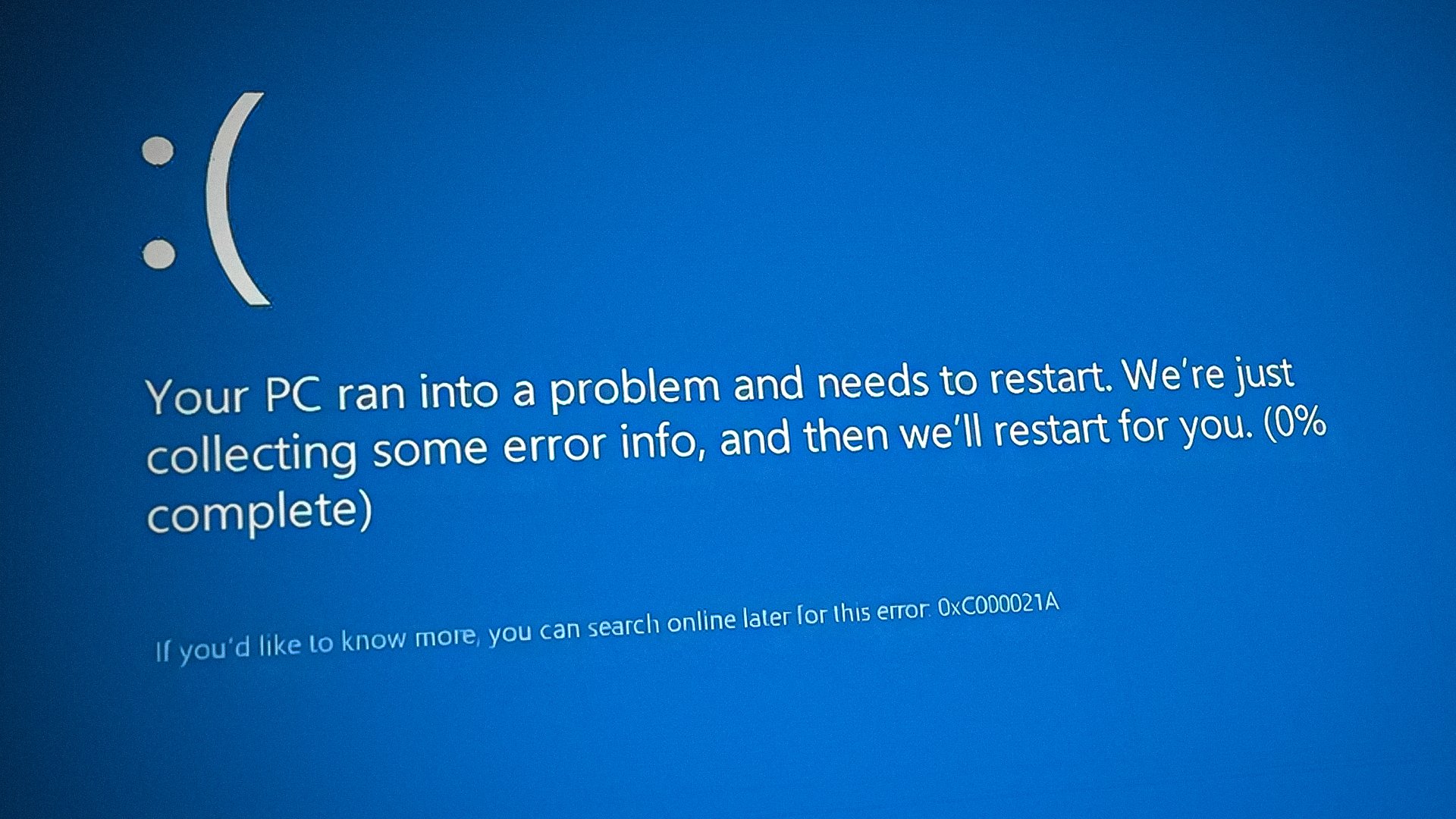
The error message may vary depending on the version of Windows you are using; however, it typically includes a message indicating that the system has encountered a fatal error and then provides information about the error code and the file or process that caused the issue.
One of the main causes of this error is system file corruption, which causes critical processes to fail. This can occur due to malware infections, incorrect software installations, or system crashes. When the operating system tries to start, it may fail if it encounters a corrupted system file that is critical for the startup process.
This error may also be caused by incorrect system configurations, such as registry or boot configuration changes. Often, this occurs when users install or remove software or hardware improperly, or when malware infects the system and alters its configuration. In cases such as these, the operating system may fail to start if a configuration issue prevents it from booting.
Below, we have listed the different methods for solving this problem in detail. Proceed with them one by one to eliminate the issue permanently.
1. Boot into WinRE.
If you cannot boot into Windows due to the 0xC000021A stop code, you will need to access the recovery environment of Windows, also known as WinRE, to perform the troubleshooting steps.
Windows RE (Recovery Environment) contains several troubleshooting tools that can help diagnose and repair various problems with your operating system. To do this, you will need to boot from Windows installation media.
Once you are in the recovery environment, proceed with the methods below.
2. Reverse the pending actions.
The failure to complete pending actions in the system, such as software updates, service packs, or driver installations, can cause issues with it. For example, if a software update fails to install correctly, it can cause problems with system files and result in the 0xC000021A error.
Stopping and reverting pending actions in the system can help resolve the stop code error by undoing any changes that might have caused problems with the system.
In order to stop and revert pending actions, you can use the “/revertpendingactions” option with the DISM command in Windows RE (Recovery Environment).
Here is everything you need to do:
- In the recovery environment, click on Troubleshoot > Advanced options.
- From the Advanced Startup Options screen, select Command Prompt.
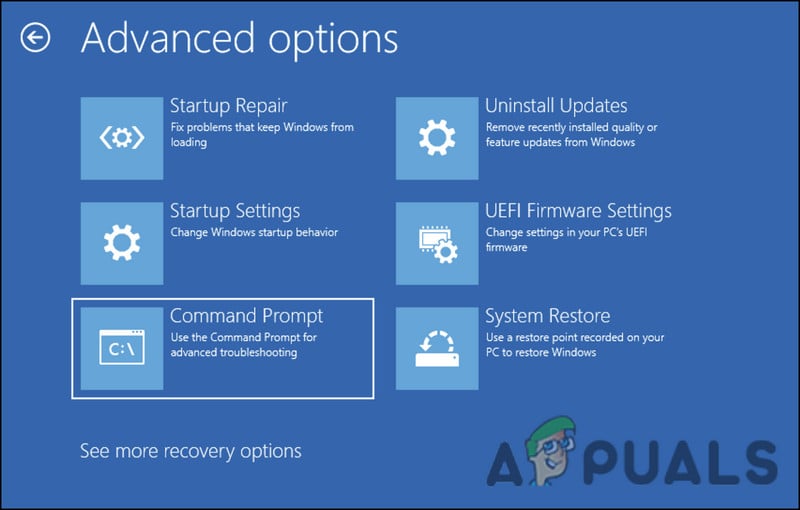
Access the Command Prompt - Now, type the command mentioned below in the Command Prompt window and press Enter. In this command, C is the drive where the operating system is installed. If it is installed on the D drive of your computer, replace C with D and vice versa.
dism /image:C:\ /cleanup-image /revertpendingactions
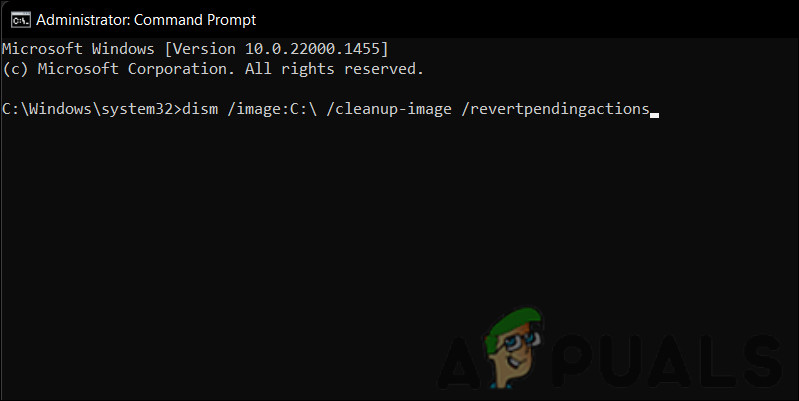
Execute the entered command
Wait for the command to execute successfully, and then try booting into Windows normally. Check if that fixes the problem.
3. Run system scans.
Running system scans can help in cases where the 0xC000021A stop code error is caused by viruses or malware infections, or other system file corruption issues. A system scan can detect and remove malware or viruses causing computer problems, as well as repair any corrupted system files contributing to the issue.
There are several tools available in Windows that you can use to run system scans, including the System File Checker (SFC) and Deployment Image Servicing and Management (DISM).
The DISM utility is used to service and manage the Windows operating system image, which contains all the system files and configuration settings required to boot and run Windows. The SFC utility identifies and replaces corrupt or missing system files in Windows by comparing the computer’s system files against a database of known-good system files.
Here is how you can run both utilities:
- In the Advanced Options screen, click on the Command Prompt.
- Type the following command in Command Prompt and press Enter to execute it:
SFC /scannow
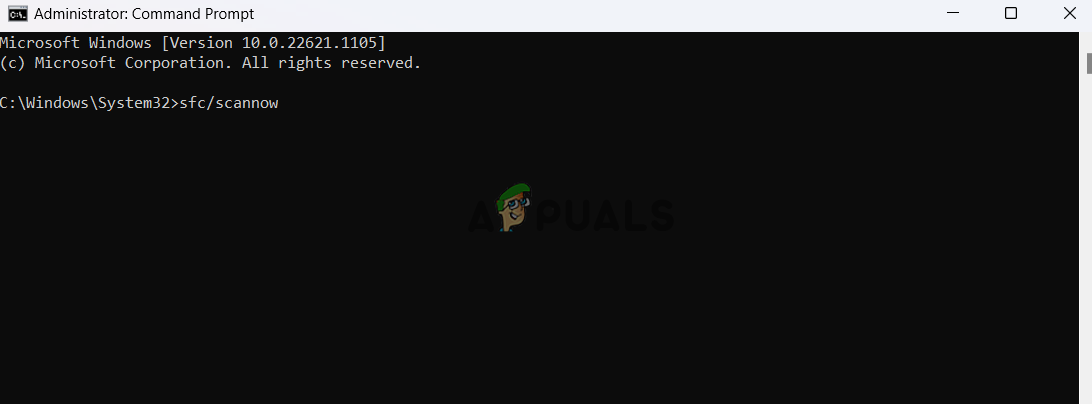
Type sfc/scannow command - Wait for the command to execute, and once it is done, proceed with executing this command.
DISM /Online /Cleanup-Image /RestoreHealth

Restoring Damaged Windows Files
This command may take a while to execute, so hang in there. After the process is completed, close the Command Prompt and boot Windows normally. Hopefully, the issue should be resolved by now.
4. Revert the system to a previous state.
If you experience the stop code error after introducing a change to your system, such as installing an application or updating a driver, you might be able to resolve the issue by reverting the system to a previous working state where this change was not present. This can be done using the System Restore utility.
Using the System Restore feature in Windows, snapshots of the system’s configuration, files, and drivers are created and stored at specific points in time, called ‘restore points.’ When activated, the feature restores the system to a previously created restore point, effectively undoing any changes made to it since then.
Here is how you can use this feature to resolve the problem:
- In the Advanced Options screen, select “System Restore” from the list of available options.
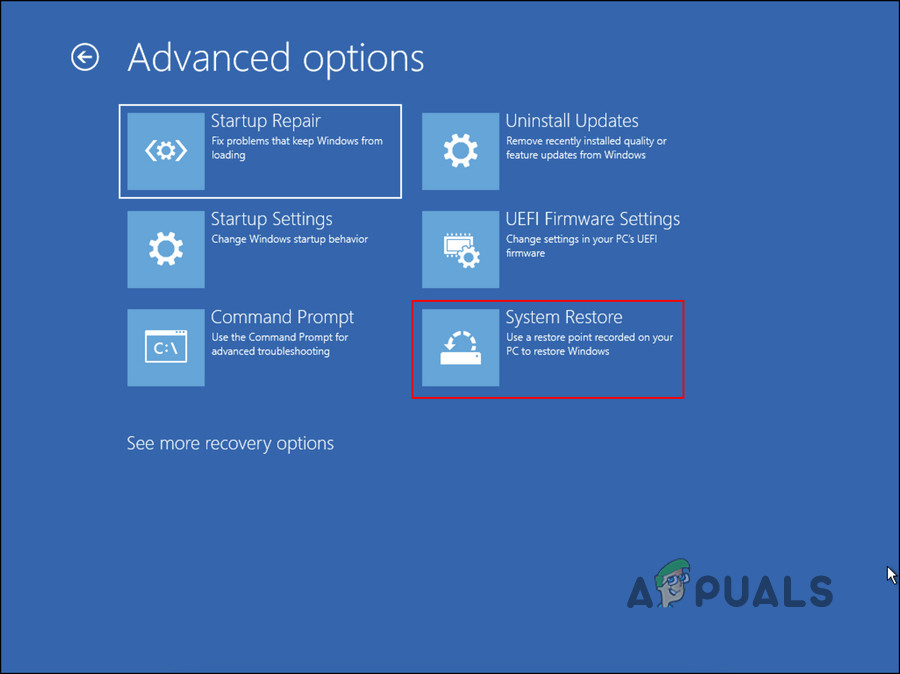
Click on the System Restore option - Follow the on-screen instructions to select a restore point that was created before the stop code error occurred.

Deploy a system restore - Wait for the system restore process to complete. It may take a few minutes, so hang in there. Once it is done, restart your computer and check if the issue is resolved.
5. Check the health of your HDD.
Issues within the hard drive can also lead to problems such as the one under consideration.
This error can be caused by bad sectors, a corrupted file system, disk firmware, or a malfunctioning disk controller. These issues can prevent the operating system from booting normally, leading to the stop code error.
The best way to check the health of your hard drive is by using the built-in tool in Windows called the Check Disk utility (also known as CHKDSK). This utility works by scanning your hard drive for errors, bad sectors, and other issues that can cause problems with the disk or the data stored on it.
Here is how you can run the CHKDSK utility to fix the error:
- In the Advanced Options screen, click on the Command Prompt.
- Type the following command in Command Prompt, and press Enter to execute it:
chkdsk /f /r
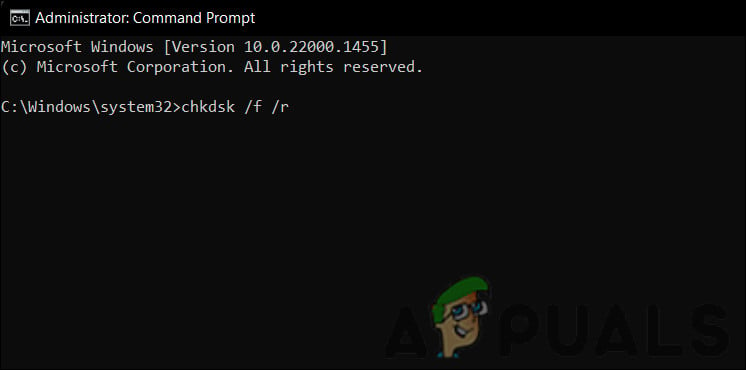
Run the CHKDSK scan - In case the hard drive is currently in use, you will be prompted to schedule a scan for the next time the system reboots. Type ‘Y’ and press ‘Enter’ to schedule the scan.
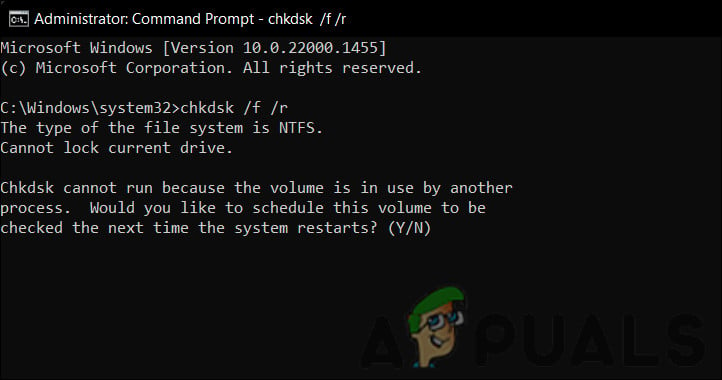
Schedule a CHKDSK scan - Restart the system and wait for CHKDSK to complete its scan. If your hard drive is large and has many files and folders, the process may take some time; please be patient.
6. Perform a clean installation of Windows.
In case none of the troubleshooting methods above has helped, a clean install is the last resort option for resolving the error. It involves wiping the existing installation of Windows and installing a fresh copy from Windows installation media.
In a clean installation, all system files and registry settings are replaced, resolving any issues that prevent the operating system from booting normally. By using this method, you can resolve conflicts between software or drivers, malware infections, or corrupted system files.
It is important to note, however, that a clean installation will eliminate all of your personal data and installed programs. Therefore, we recommend backing up your data first. You can boot into Safe Mode for that purpose.